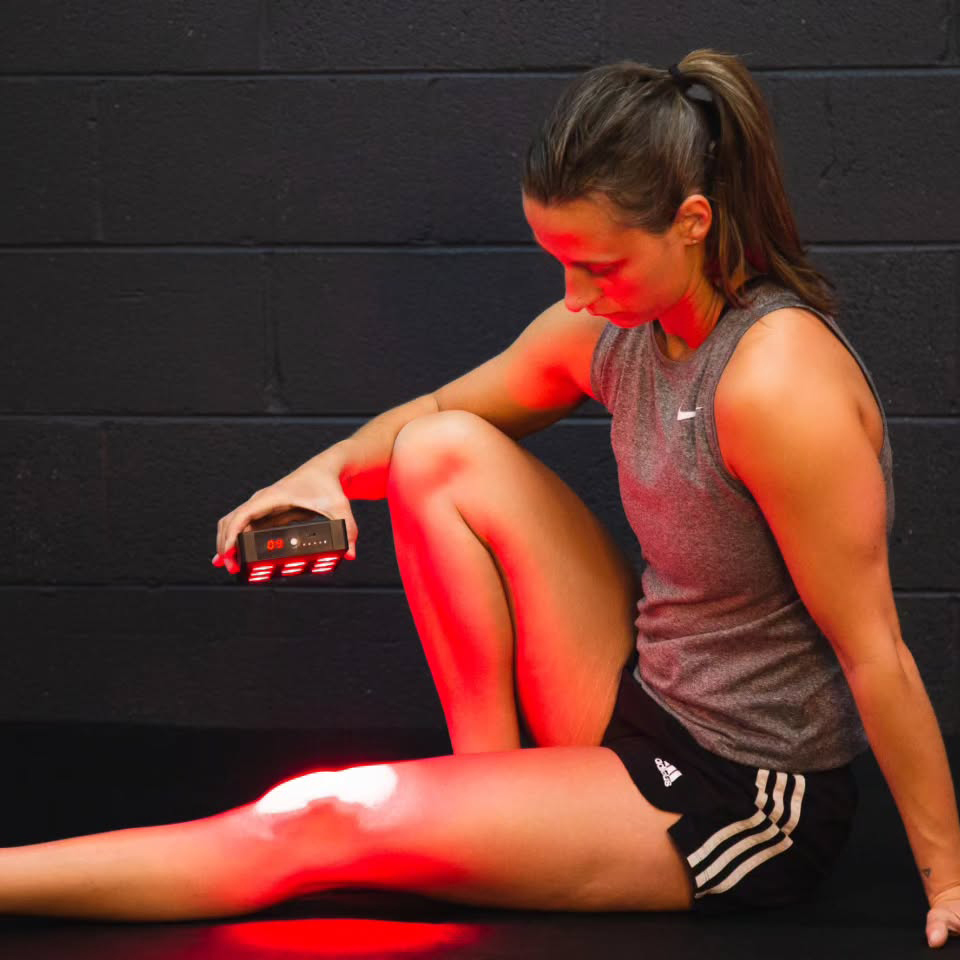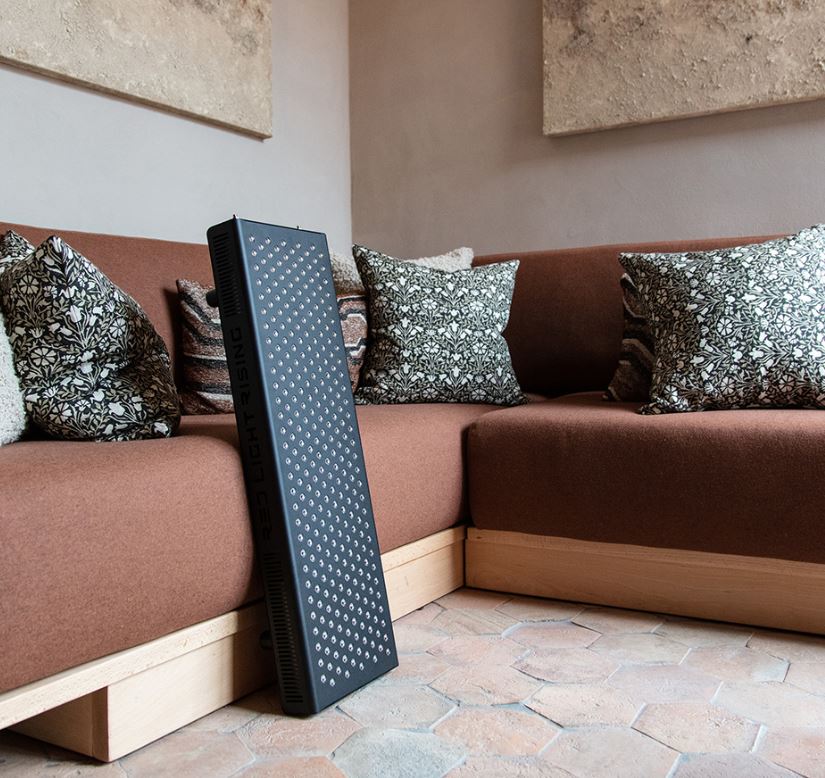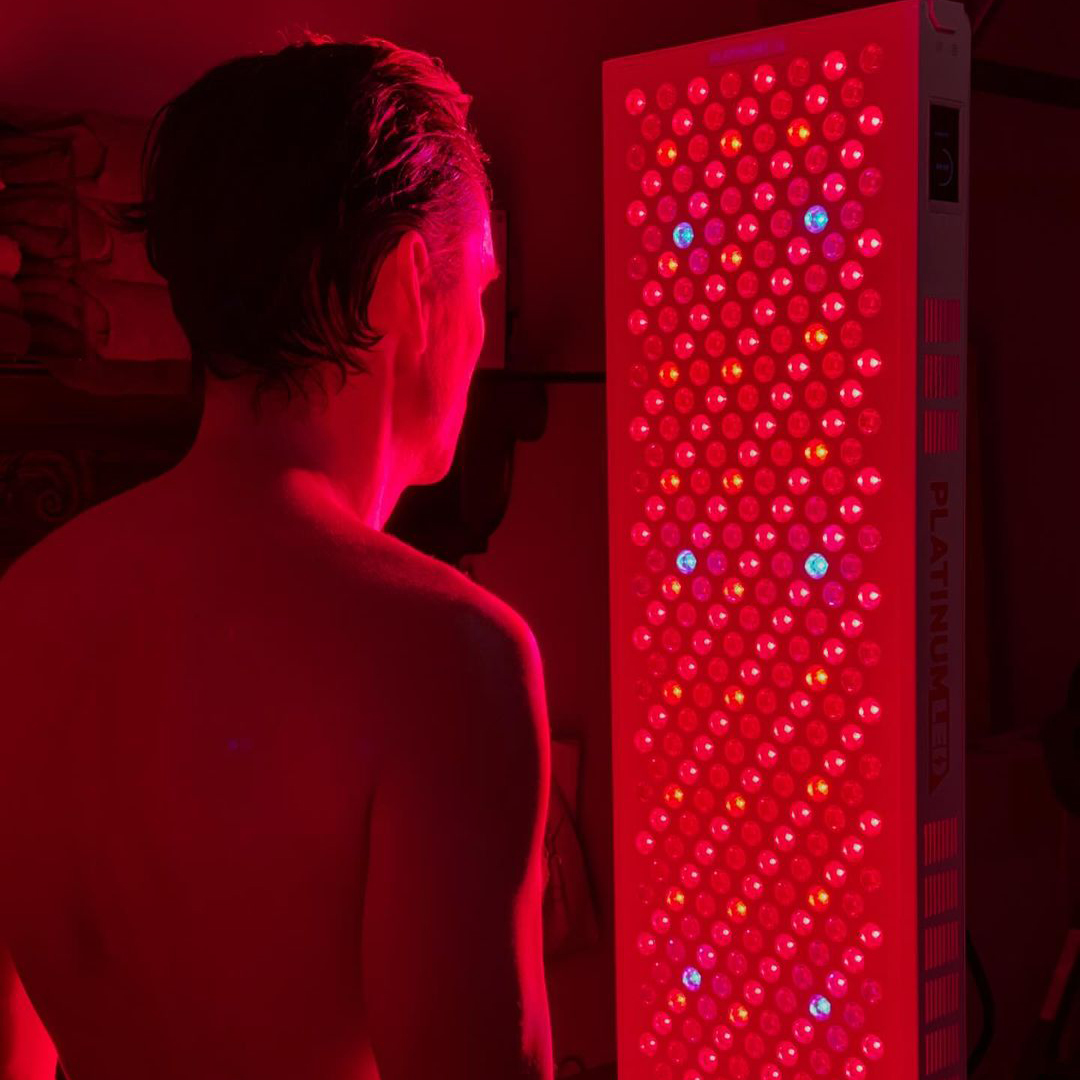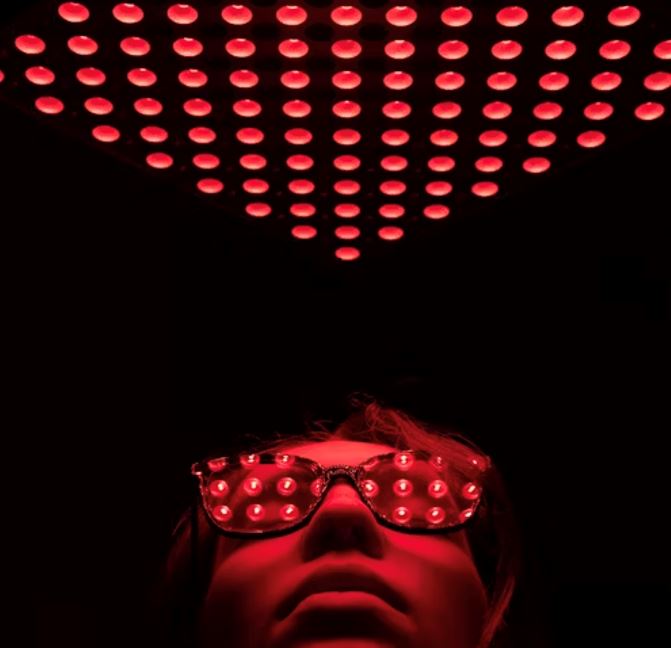![]() Free Shipping
Free Shipping ![]() Buy Now, Pay Later
Buy Now, Pay Later ![]() Eligible
Eligible
Can I Use Red Light Therapy After a Chemical Peel? A Complete Guide
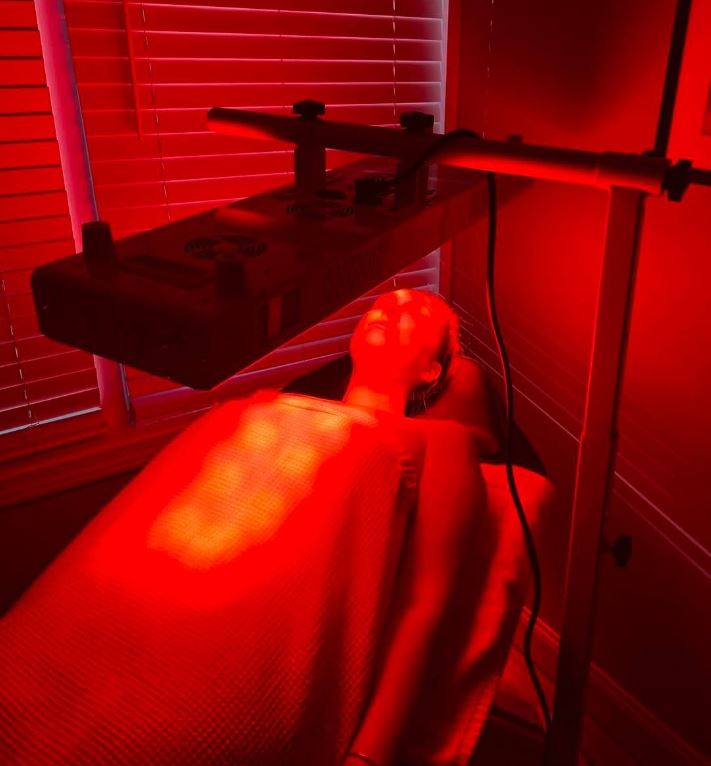
Chemical peels are a popular skincare treatment that helps exfoliate the skin, reduce hyperpigmentation, and improve texture. However, post-peel care is crucial to avoid irritation, redness, and other side effects. One common question many people have is:
Can I use red light therapy after a chemical peel?
The short answer is yes, but with some important considerations. Red light therapy (RLT) is known for its healing and anti-inflammatory benefits, making it a potentially excellent complement to chemical peels. However, timing, intensity, and skin sensitivity play a key role in determining when and how to use RLT safely post-peel.
In this comprehensive guide, we’ll explore:
- The science behind chemical peels and red light therapy
- Benefits of combining the two treatments
- Potential risks and precautions
- Best practices for using RLT after a peel
- Expert recommendations
By the end, you’ll have a clear understanding of whether this combination is right for you and how to maximize results while minimizing risks.
Understanding Chemical Peels: How They Affect Your Skin
Before diving into red light therapy, it’s essential to understand what happens to your skin during and after a chemical peel.
What Is a Chemical Peel?
A chemical peel involves applying an acid solution (such as glycolic, salicylic, lactic, or trichloroacetic acid) to the skin to remove dead skin cells and stimulate regeneration. Depending on the depth of the peel, effects can range from mild exfoliation to deep resurfacing.
Types of Chemical Peels
- Superficial Peels (Light Peels)
- Use mild acids (e.g., glycolic or lactic acid)
- Minimal downtime (slight redness for a few hours to a day)
- Best for fine lines, mild acne, and uneven texture
- Medium Peels
- Use stronger acids like TCA (trichloroacetic acid)
- Recovery takes about a week (peeling, redness, and sensitivity)
- Targets deeper wrinkles, sun damage, and acne scars
- Deep Peels
- Use phenol or high-concentration TCA
- Significant downtime (weeks of healing)
- Treats deep wrinkles, severe sun damage, and precancerous growths
How Does a Chemical Peel Affect Skin?
- Exfoliation: Removes dead skin cells, revealing fresh skin.
- Increased Cell Turnover: Stimulates collagen and elastin production.
- Temporary Sensitivity: Skin becomes more vulnerable to irritation, UV damage, and dehydration.
Given this temporary vulnerability, post-peel care is critical—which is where red light therapy comes in.
What Is Red Light Therapy (RLT)?
Red light therapy, also known as low-level laser therapy (LLLT) or photobiomodulation, uses specific wavelengths of red and near-infrared light to penetrate the skin and stimulate cellular repair.
How Does Red Light Therapy Work?
- Boosts Collagen Production: Encourages fibroblasts to produce more collagen, improving skin elasticity.
- Reduces Inflammation: Helps calm irritated skin and reduce redness.
- Enhances Healing: Increases blood circulation, speeding up recovery.
- Fights Acne Bacteria: Some studies suggest RLT can reduce acne-causing bacteria.
Benefits of RLT for Skin
✔ Faster wound healing
✔ Reduced redness and inflammation
✔ Improved skin texture and tone
✔ Minimized fine lines and wrinkles
✔ Enhanced post-procedure recovery
Given these benefits, it’s no surprise that many people consider using RLT after a chemical peel. But is it safe?
VELLGUS Elite V2
THE #1 RATED RED LIGHT DEVICE
VELLGUS pro V2
THE #1 RATED FULL BODY RED LIGHT DEVICE
Can You Use Red Light Therapy After a Chemical Peel?
The Case for Using RLT Post-Peel
Since chemical peels temporarily weaken the skin barrier, treatments that support healing—like RLT—can be beneficial. Here’s why:
- Accelerates Skin Recovery
- RLT promotes cellular repair, helping the skin heal faster.
- Studies show it reduces inflammation, which is crucial post-peel.
- Reduces Redness and Swelling
- Chemical peels often cause temporary redness.
- RLT’s anti-inflammatory effects can help calm the skin.
- Enhances Collagen Production
- Peels stimulate collagen, and RLT can amplify this effect.
Potential Risks & Precautions
While RLT is generally safe, there are some considerations:
⚠ Timing Matters
- Superficial Peels: You can often use RLT immediately or within 24 hours.
- Medium/Deep Peels: Wait at least 48–72 hours or until initial peeling subsides.
⚠ Avoid Heat-Based Therapies
- Some devices emit heat, which can irritate freshly peeled skin.
- Stick to cool or low-heat RLT devices.
⚠ Monitor Skin Sensitivity
- If your skin feels overly sensitive, wait longer before using RLT.
Expert Recommendations
Dermatologists and skincare experts often recommend:
- Starting with short sessions (5–10 minutes) to test skin tolerance.
- Using lower intensity settings initially.
- Avoiding other active treatments (like retinoids or strong acids) until skin fully heals.
Best Practices for Using Red Light Therapy After a Chemical Peel
To maximize benefits and minimize risks, follow these guidelines:
1. Wait for the Right Time
- Light Peel: 12–24 hours after treatment.
- Medium Peel: 2–3 days after, once initial redness subsides.
- Deep Peel: At least 1 week or as advised by your dermatologist.
2. Choose the Right Device
- At-home LED masks (e.g., Omnilux, CurrentBody) are gentle.
- Avoid high-heat devices (some professional machines may be too intense).
3. Start Slow & Short
- Begin with 5-minute sessions, gradually increasing to 10–20 minutes.
- Use 3–4 times per week for optimal healing.
4. Hydrate & Protect Skin
- Apply a fragrance-free moisturizer before RLT to prevent dryness.
- Always use SPF 30+ during the day, as peels increase sun sensitivity.
5. Listen to Your Skin
- If you experience increased redness, stinging, or irritation, stop and wait longer.
Alternatives If RLT Isn’t an Option
If your skin is too sensitive for RLT immediately after a peel, consider these alternatives:
- Cold Compress: Reduces swelling and redness.
- Hyaluronic Acid Serums: Boost hydration without irritation.
- Aloe Vera Gel: Soothes inflamed skin.
Final Verdict: Should You Use RLT After a Chemical Peel?
✅ Yes, but…
- Wait at least 24 hours for light peels, 48–72 hours for medium peels, and 1+ weeks for deep peels.
- Use low-intensity, no-heat RLT devices.
- Start with short sessions and monitor skin response.
When done correctly, red light therapy can enhance healing, reduce redness, and improve results after a chemical peel. However, always consult your dermatologist if unsure.
Conclusion
Combining red light therapy with chemical peels can be a powerful way to speed up recovery and enhance results—if timed and used correctly. By following the guidelines above, you can safely incorporate RLT into your post-peel routine for glowing, rejuvenated skin.





